The origins of the Moon
The formation of the Moon
There are over 150 moons in our solar system but the Earth has not one, it is what the Romans called "luna", it is remarkable for its size, it is only 4 times smaller than Earth. The Earth is the only one that has this configuration, the other planets have moons that very small compared to it. The Moon has no atmosphere at all and therefore no air molecule to color the sky is still black. The temperature ranges from -150 ° C when night falls to +132 ° C at noon.
From 4.2 billion years, meteorites have dug many craters, some of them are 1200 km in diameter.
The dark areas are called "husband" from the Latin word "sea". The lunar surface is static, there is no plate tectonics.
How to explain the formation of the Moon?
The imposing Moon impels us to ask about its origin since time immemorial. In 455 BC, the Greek philosopher Anaxagoras has theorized, the Moon is a rock that is detached from the earth, his contemporaries believed that the moon was a god.

Image: Moonlight, taken in Caen - France, during the summer of 2009. Credit: Jean-Louis Lerossignol
The giant impact theory
In 1609 Italian astronomer Galileo pointed his telescope toward the moon and discovered a new landscape, another world. It is no longer flat, we see its curvature and the shadows of craters. It was not until 1873 that the first theory on the origin of the Moon is exposed by the French Edward Roche. He says that the Earth and Moon formed simultaneously from the same materials, but this theory is problematic because the materials of the Moon have an iron content significantly less than the Earth.
It has no iron core but consists simply of rock.
At the end of the 19th century other theories are born. In 1878, George Darwin, son of Charles Darwin and tidal specialist, explains his theory of nuclear fission to explain the origin of the Moon. He calculates that the moon gradually moves away from Earth.
This feature has been proven that 95 years later when astronomers go to the moon and deposit small mirrors that will be used to calculate the exact distance of the Moon with a laser beam.
Every year the moon moves away from Earth by 3.8 cm. Darwin calculated that the Moon was very close to the Earth at its origin but can not prove that the 2 stars at a time have joined, the mathematics of the time did not allow Darwin to bring the two stars in contact. Darwin concluded that when Earth was molten, material is detached it eventually became our moon.
A new theory is proposed in 1909 by the American Thomas Jefferson Jackson See, he developed a different hypothesis, which is called the capture theory.
The Moon would be gone too close to Earth and was captured by Earth gravity.
He believed there was a resisting medium in space to capture this hypothesis.
The 3 theories gather huge inconsistencies.
The rocks brought back by American astronomers during their first trip to the Moon will enable the development of another theory.
The moon rocks show that they are similar to terrestrial rocks.
William K. Hartmann planetary scientist and painter, imagined that another planet could have come crashing to Earth. This is the giant impact theory.
In 1974 a new assumption widely shared by scientists, therefore, sees the day.
4 billion years earlier would be another planet collided with Earth, then melts, and debris would be amalgamated within a few hours to form the Moon. Within a day the Earth would have resumed its spherical shape.
Image: William K. Hartmann was born in Pennsylvania, is a leading planetary scientist, author and writer. It was the first to convince the scientific public that Earth had been struck by a planet (Thea), creating both the moon and Earth.
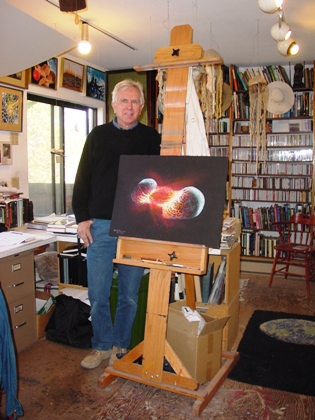
Articles on the same theme
1997 © Astronoo.com − Astronomy, Astrophysics, Evolution and Ecology.
"The data available on this site may be used provided that the source is duly acknowledged."
How Google uses data
Legal mentions
English Sitemap − Full Sitemap
Contact the author
 Moons in the Shadow: Jupiter's Most Discreet Satellites
Moons in the Shadow: Jupiter's Most Discreet Satellites  Moon Phases
Moon Phases 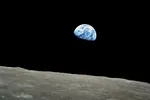 Apollo 8: The Photo That Shook the World
Apollo 8: The Photo That Shook the World  The largest objects in the solar system
The largest objects in the solar system  The Moon of the earth
The Moon of the earth 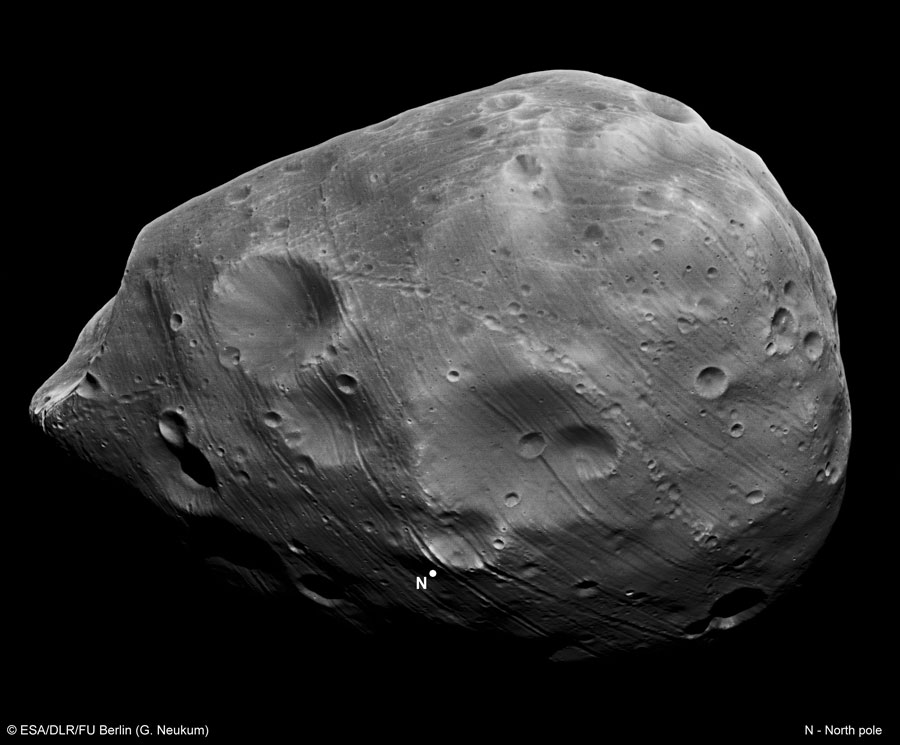 Phobos, will crash into Mars
Phobos, will crash into Mars  Europa, moon of Jupiter
Europa, moon of Jupiter  Io, moon of Jupiter
Io, moon of Jupiter 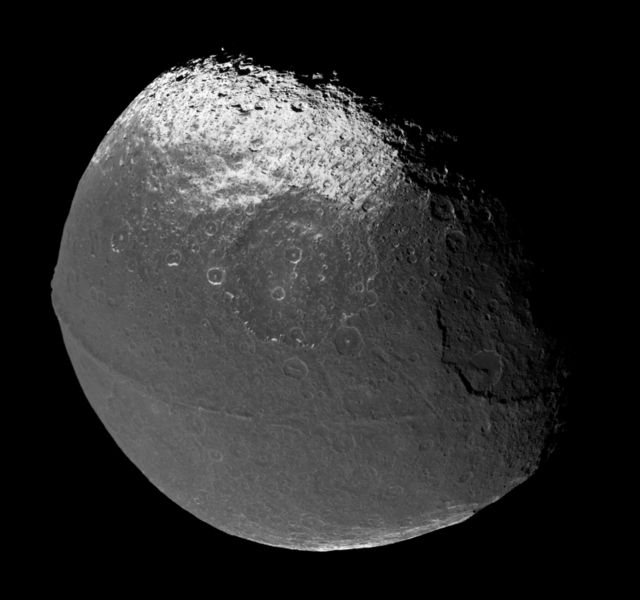 Iapetus, moon of Saturn
Iapetus, moon of Saturn  Dione, moon of Saturn
Dione, moon of Saturn  Mimas, moon of Saturn
Mimas, moon of Saturn 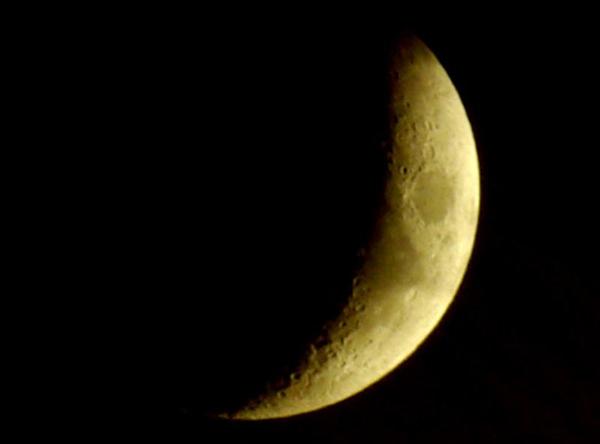 Impact theory at the origin of the Moon
Impact theory at the origin of the Moon 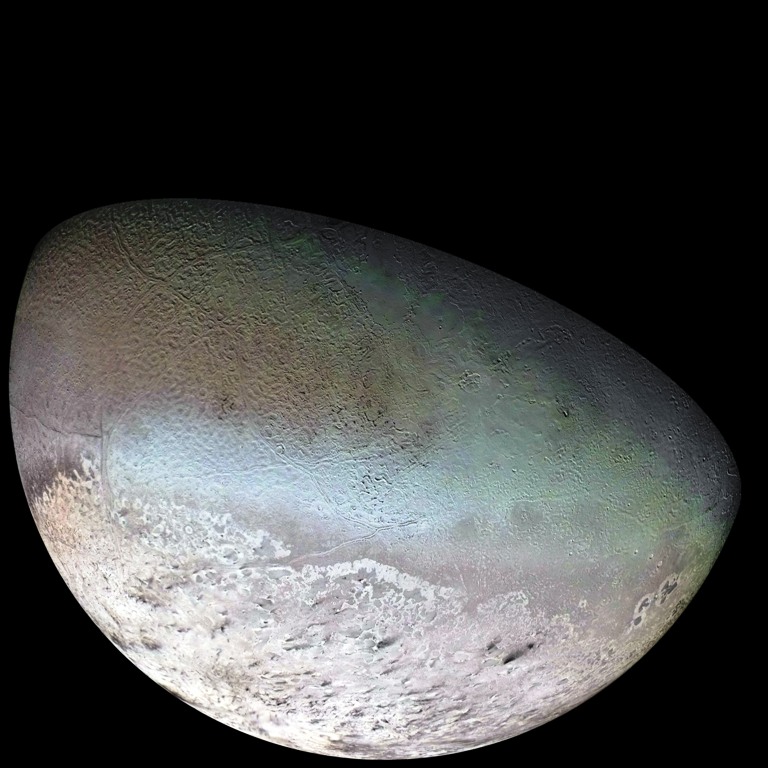 Neptune's moons
Neptune's moons  Lunar Eclipse, Celestial Concordance
Lunar Eclipse, Celestial Concordance  Pluto and its satellites
Pluto and its satellites 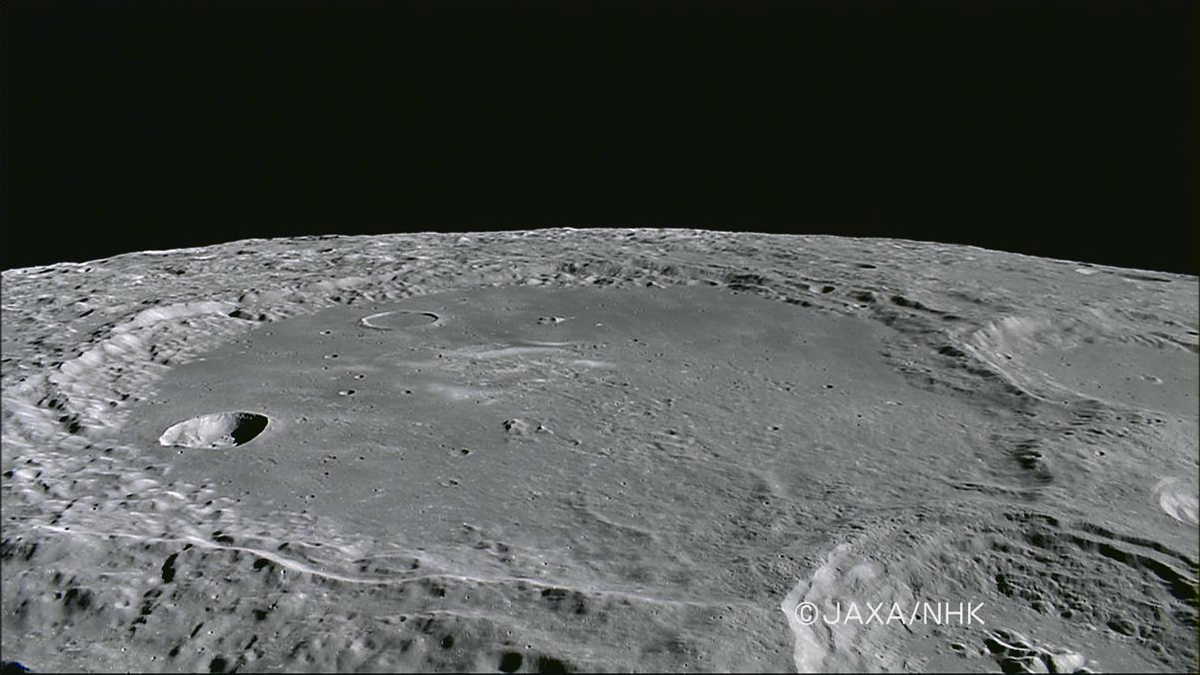 The Large Craters of the Moon
The Large Craters of the Moon  Hyperion, moon of Saturn
Hyperion, moon of Saturn 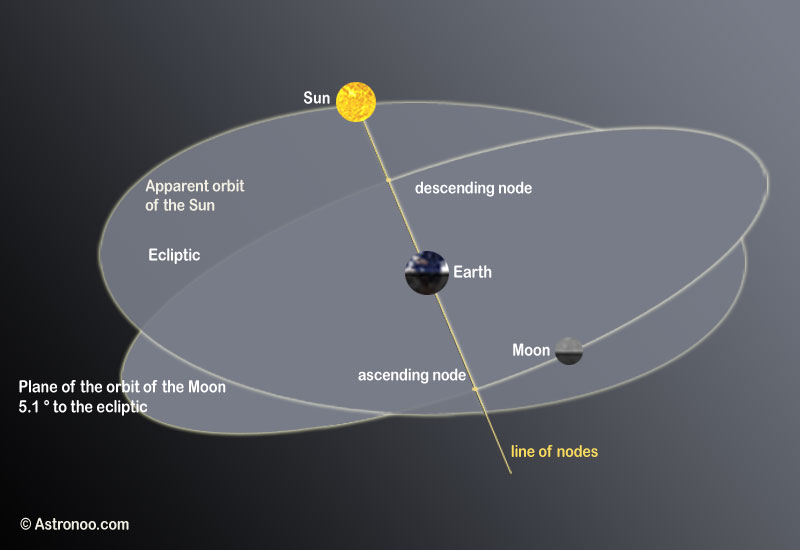 Eclipses explained by the plane of the lunar orbit
Eclipses explained by the plane of the lunar orbit  Titan and Dione seen by cassini
Titan and Dione seen by cassini 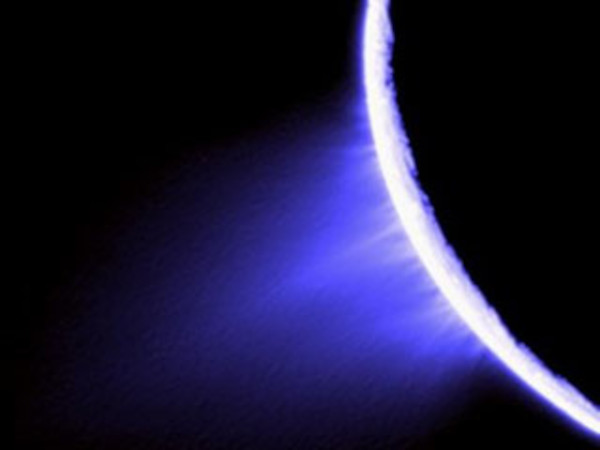 Eruptions of ice geysers on Enceladus
Eruptions of ice geysers on Enceladus 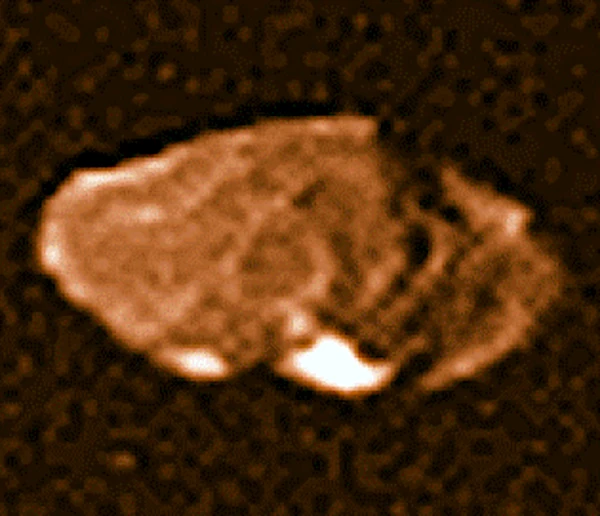 Amalthea, a block remnant of Jupiter
Amalthea, a block remnant of Jupiter  Deimos, moon of Mars
Deimos, moon of Mars  Moon Illusion
Moon Illusion  Little Rhea, very close to Saturn
Little Rhea, very close to Saturn 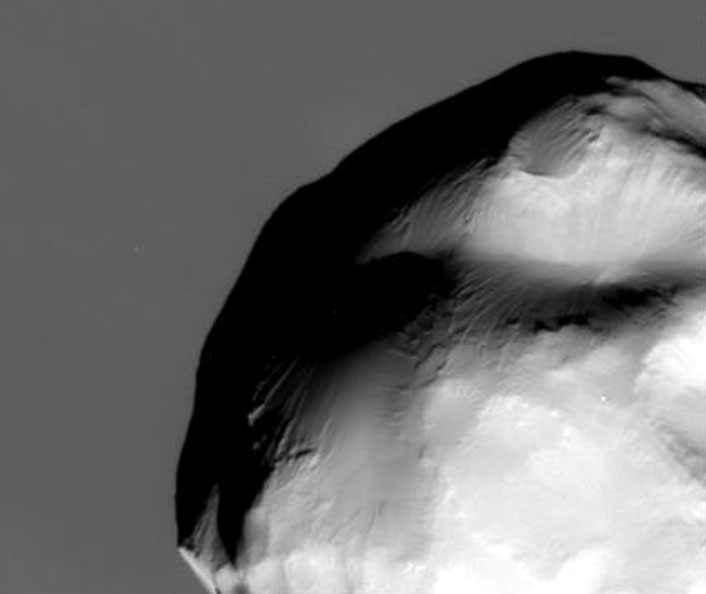 Helen, the small Trojan moon of Saturn
Helen, the small Trojan moon of Saturn 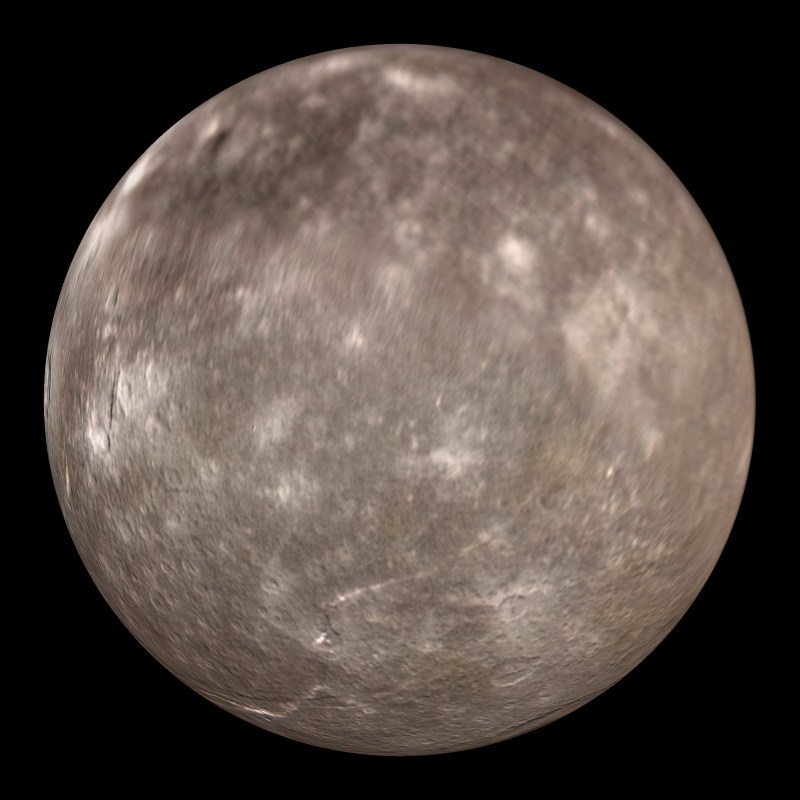 Titania, moon of Uranus
Titania, moon of Uranus 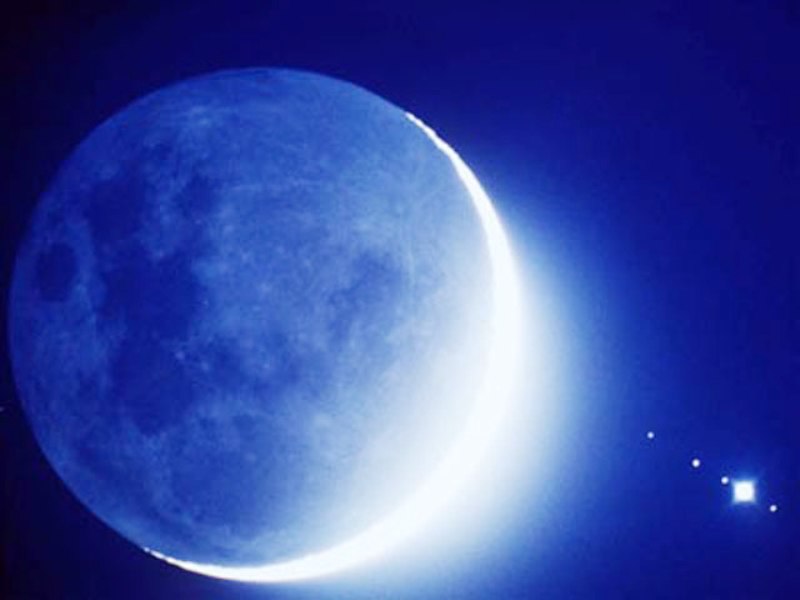 The Blue Moon
The Blue Moon 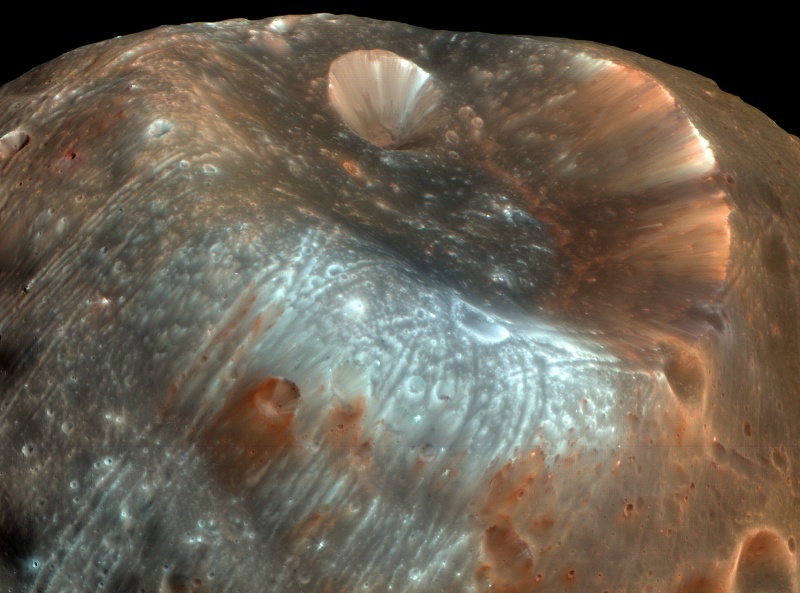 Stickney Crater on Phobos
Stickney Crater on Phobos 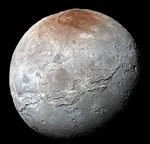 Charon and Pluto: An Inseparable Duo
Charon and Pluto: An Inseparable Duo  Roche Limit or Roche Radius
Roche Limit or Roche Radius  Super Moon
Super Moon  The Satellite Worlds of the Solar System: Hidden Oceans, Ice Volcanoes, and Fleeting Atmospheres
The Satellite Worlds of the Solar System: Hidden Oceans, Ice Volcanoes, and Fleeting Atmospheres 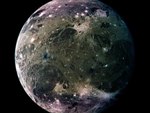 Ganymede, Jupiter's largest moon
Ganymede, Jupiter's largest moon 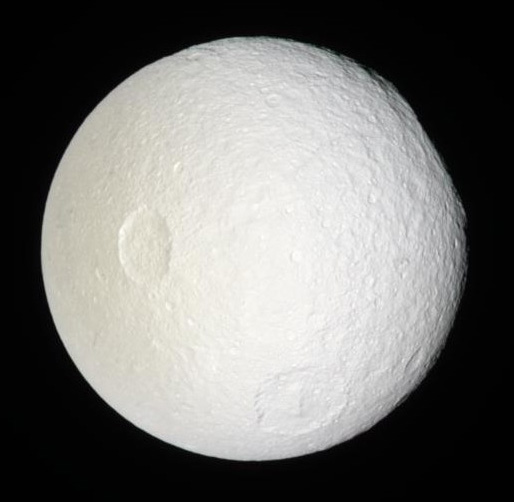 Tethys, Moon of Saturn
Tethys, Moon of Saturn 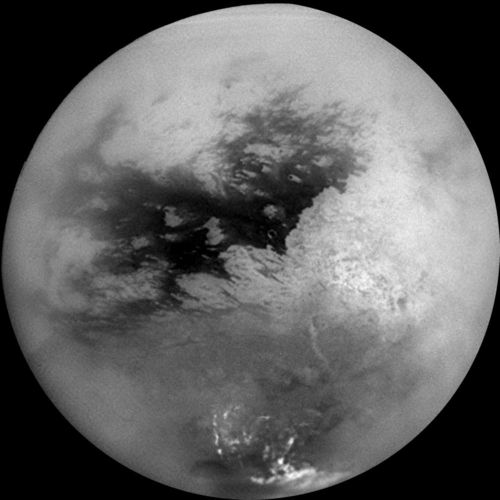 Titan, moon of Saturn
Titan, moon of Saturn 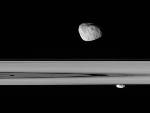 Prometheus, the shepherd satellite of Saturn
Prometheus, the shepherd satellite of Saturn  Miranda: Uranus' Moon of a Thousand Scars
Miranda: Uranus' Moon of a Thousand Scars  Transit of the Moon in front of the Sun
Transit of the Moon in front of the Sun 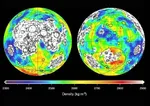 Mascons: Lunar Gravitational Anomalies
Mascons: Lunar Gravitational Anomalies